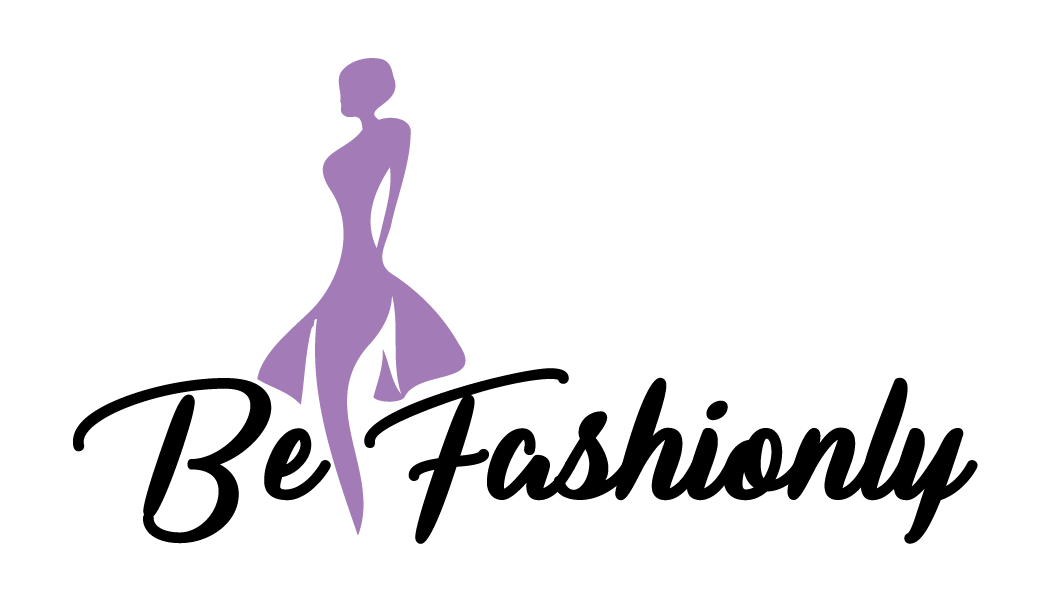70s Flashback: Reliving The Magic, Moments, And Miniskirts
Step into the time machine, folks! The fabulous 70s, famously known as the “Me Decade,” sprinkled its magic on our collective memory. Imagine a world of free love, flower power, and disco beats—those were the days! Can you believe it’s been half a century since the 70s dazzled us?
From feminist movements and hair that could outshine a rainbow to the iconic bell bottoms, this era was bursting with defining moments. But, hold onto your groove, because not every choice from that time has aged like fine wine. Hitchhiking? No way! Hairy chests and blinging gold chains? We’ll pass on that fashion statement.
However, don’t despair! We’re totally vibing with miniskirts paired with boots, flowing hippie bohemian dresses, and letting our natural beauty shine. Join us on a nostalgic trip back to the 70s, where we rediscover the charms that once made hearts race and heads turn.
Blondes were thought to have more fun
We’ve often heard the statement that blondes have more fun, and that couldn’t be truer than in the 70s. Women went to saloons to have their hair dyed while others opted to change their hair colors at home. You can blame Marilyn Monroe for making the blonde hair color trendy.
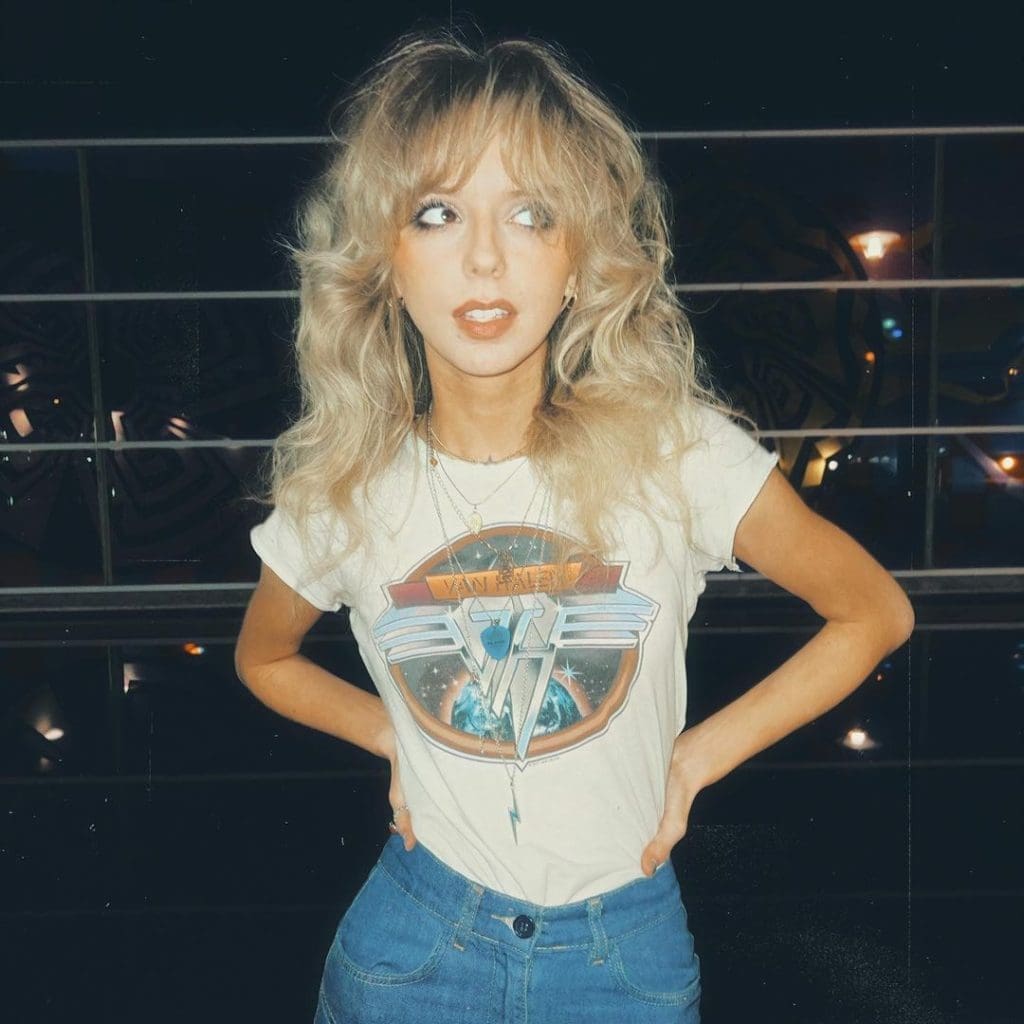
f you tuned in to the television at the time, you’d see commercials filled with blonde women having the time of their lives. Of course, companies went all-out in convincing the ladies to lighten their hair color with the help of their products.
Fashion designers made the no undergarments trend blow up
Companies also wanted to make their mark on the no undergarment movement of the 70s and they helped make the movement bigger. Yves Saint Laurent was one of the biggest names behind it. The fashion giant started using sheer fabrics.
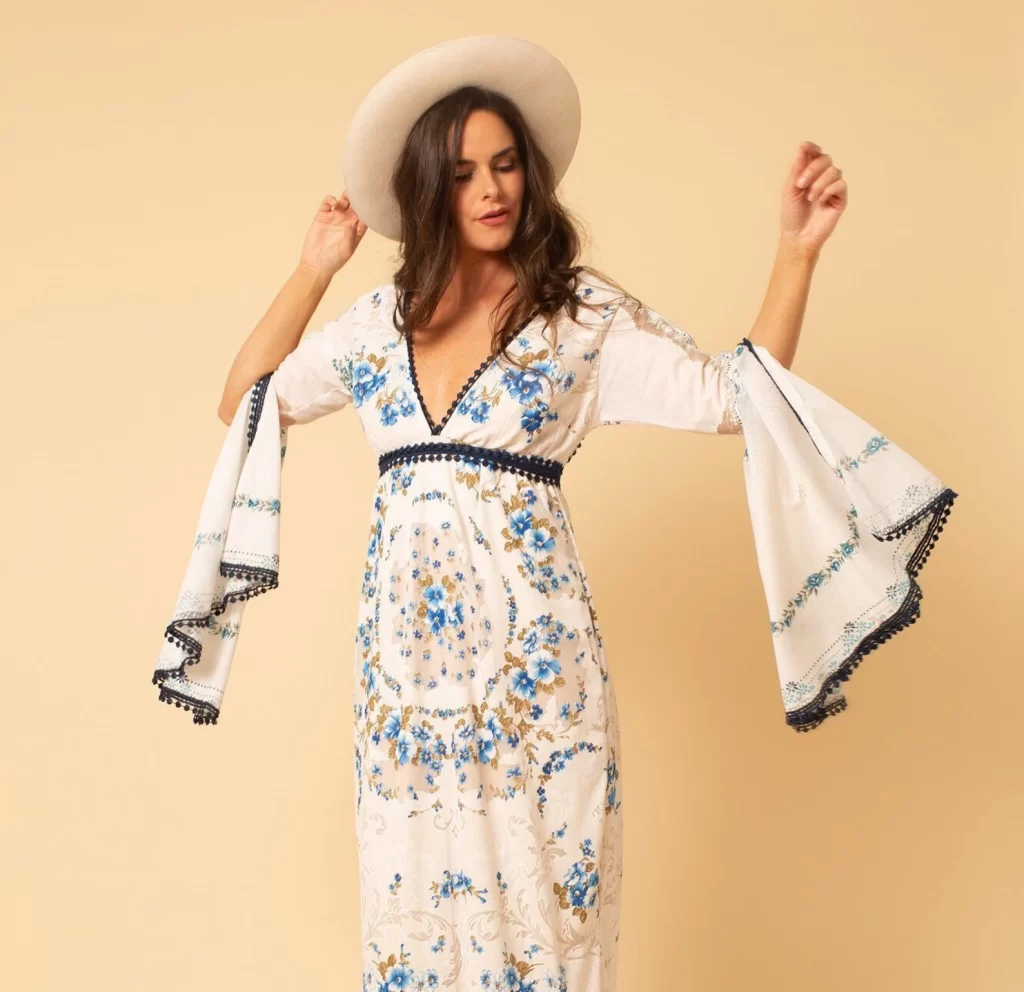
This underscored the fact that the women wearing their clothes didn’t have undergarments. Most folks would argue that men benefited most from it, but it wasn’t about making the opposite sex happy. It was about equality between the two genders.
Women who didn’t drink were thought to be more attractive
Women who didn’t drink were thought to be more appealing in the eyes of men and society in general. Because of the pressures, some women decided to avoid drinking altogether. They’d still have fun at get-togethers but they wouldn’t touch beverages.
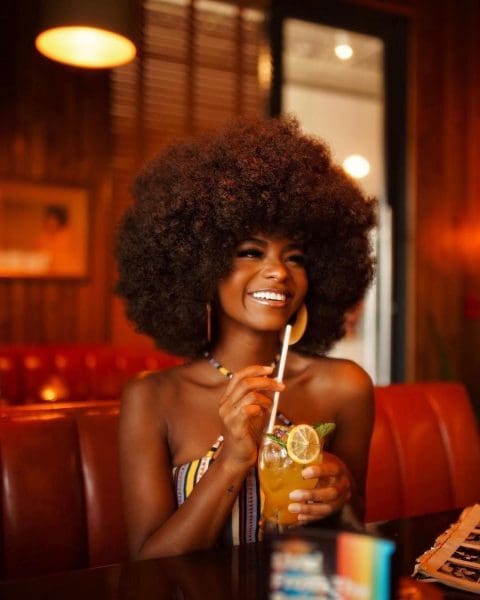
While everyone today would say women in the 70s lived such sad lives, some were more than happy to stop drinking altogether to become more attractive in the eyes of many. But things have greatly changed since then and now it’s perfectly ok for women to enjoy various beverages.
Men and women adored platform shoes
Ask anyone who was at least 18 years old in the 70s and they will tell you that the official footwear of the decade was the platform shoe. Forget the boots and the sandals, everyone in the decade rocked platform shoes, regardless of age or gender.

Although this type of footwear has been around for centuries, most folks inexorably associate it with the rocking 70s. The platform disappeared in the 50s and resurfaced in the 1970s. It was featured on the cover of teen magazines and musicians even took it to new heights, pun intended.
Flatter chests meant being more attractive
Today most women aim to look like the Kardashians with their enviable and voluptuous curves. However, in the 70s women with flatter chests were considered more attractive. This is something our not-so-gifted sisters today would celebrate about.
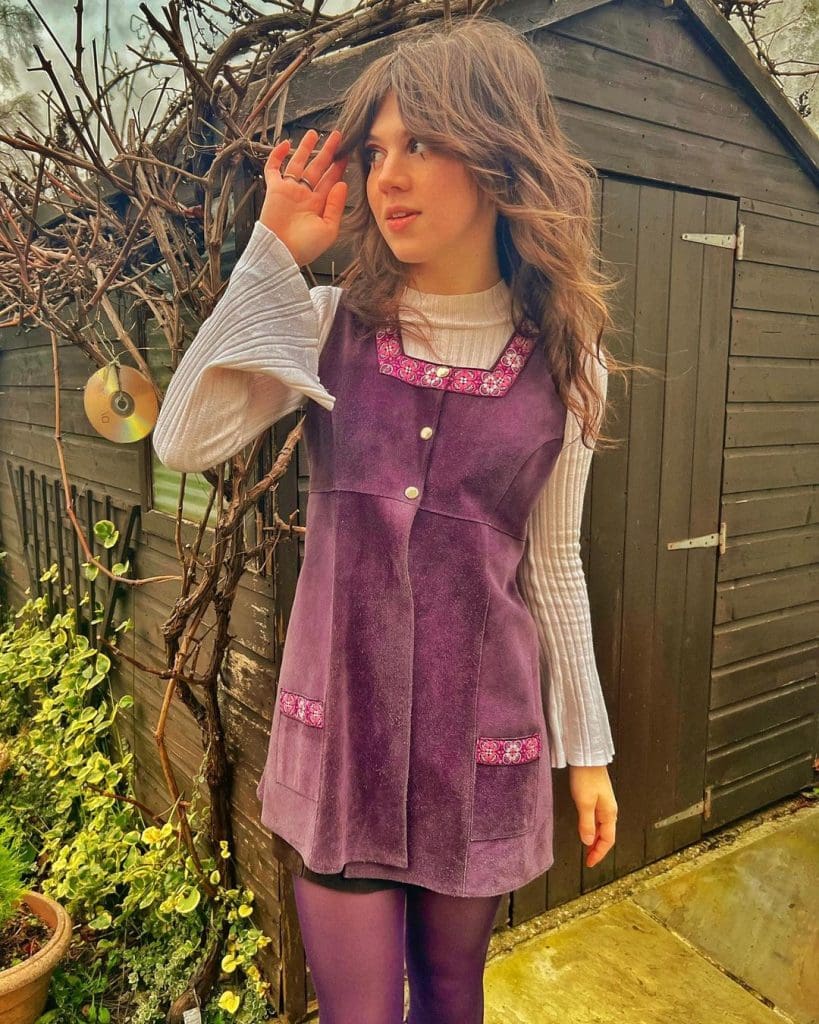
Because the teenage look was the trend back then, the flatter a woman was, the better. They could look androgynous too and get away with not wearing undergarments. Additionally, supermodels in the 60s and 70s were thin and flat, such as Twiggy.
Women avoided work altogether
It was considered attractive for women to not pursue higher education and avoid working. As dire as that may seem today, most women during the 70s were fine with not working and staying at home. Only a handful wanted to break away from the norm.

Single women didn’t have as many restrictions but married women, on the other hand, were expected to raise their families and tend to their children’s every need. In 1970, only a little over 20 million households in the US had dual incomes. In 2019, the figure doubled to 41 million.
The flat chest movement changed women’s goals
Women didn’t only want flat chests to free them from the discomfort of wearing undergarments but it also had an impact on their lives and goals. Back in the 1920s, folks were concerned not only about their looks but also about becoming better people.

But then the 1960s came around which made youngsters almost obsessive about losing weight to look good. It meant getting rid of the extra flab and the curves. It was like hitting two birds with one stone. People got the boyish figures they’ve always wanted and also had a mindset change.
Flatter behinds also went hand in hand with flatter chests
With flatter chests also came flat behinds. Nope, thick girls wouldn’t love the 70s because everyone wanted to be as flat as a board. What was the reason for such aversion to curves? Cellulite! In the love lamp decade, countless products were sold purported to get rid of pesky extra fat once and for all.
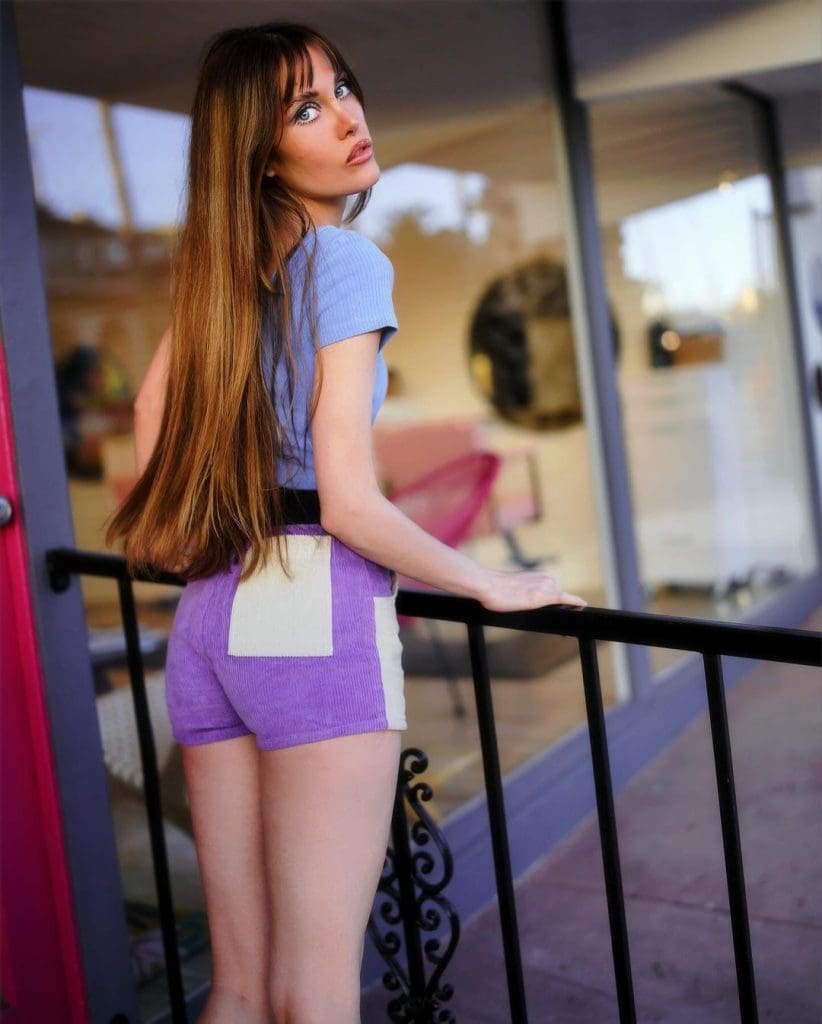
Flatter chests and behinds and boyish figures were all attributed to equality between the two sexes. Women wanted to feel as powerful as men and it wasn’t about pleasing the male species. Seemingly, women back then equated being as powerful as men with looking like men.
Flat behinds came at a price
Flatter behinds didn’t just happen; it took a lot of work. Vogue magazine published an article about a woman who dropped her hip size from 39 to 34 inches by reportedly exercising, standing correctly, and using a special rolling pin. Females all over followed suit to achieve a similar feat.
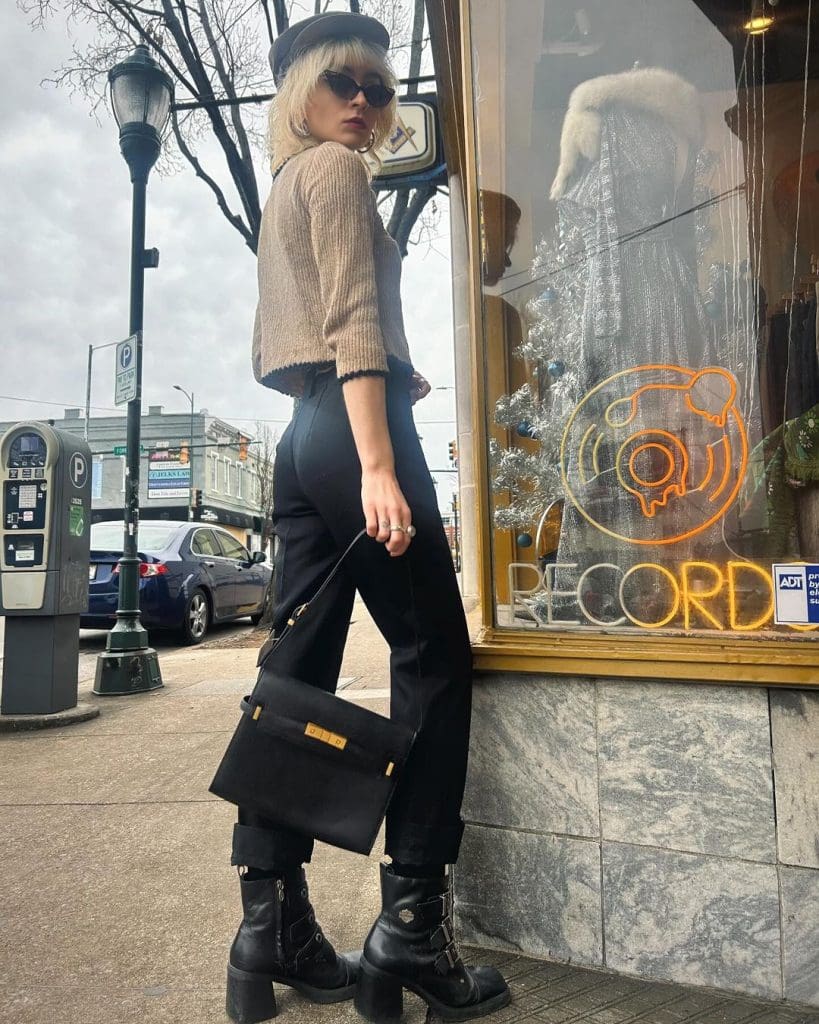
Since most women stayed at home during the decade, they had time to rub rolling pins on their behinds and legs and use massage oils to smooth out bumps. Suffice it to say that women used what would now be labeled unusual methods to get the figure of their dreams.
Men preferred lighter-skinned women more
There are things that we would rather forget and one of them is the idea that women with light skin are more attractive than darker-skinned women. We don’t agree with this idea because women are beautiful regardless of their race or skin tone.

Even Miss America didn’t allow women of color to participate in their pageant until the 70s, and they were only allowed to do so a couple of years after the Miss Black America Pageant started having pageants dedicated to women of color.
The bigger the mustache, the better
The mustache had its heyday in the 70s and the early 80s! It no longer symbolized disaffected youth, and every man you met on the street seemed to have one. From board rooms to sports fields, the bigger and the bushier the mustache, the better!
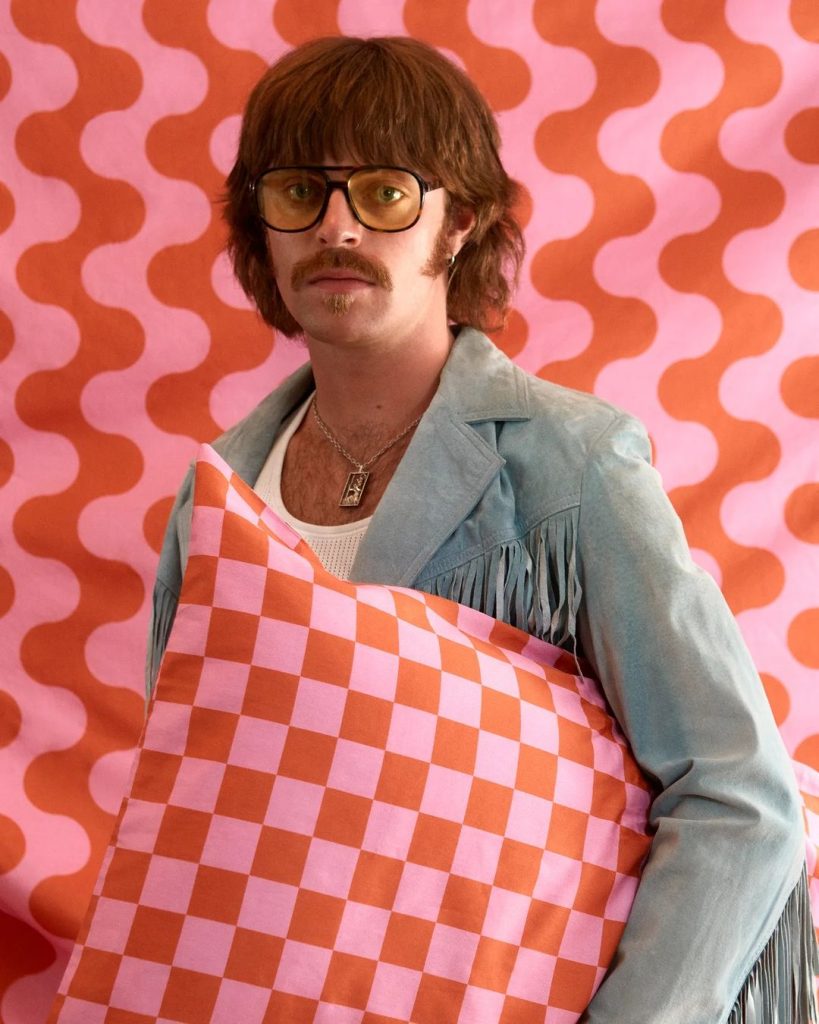
The heavy and trimmed facial hair became a badge of rugged manliness, and women found men with mustaches appealing. Musicians and actors made it even more trendy, and a few significant proponents of the mustache were George Harrison, Burt Reynolds, and Tom Selleck.
Thin eyebrows were in too
Thin was in during the 1970s and that included eyebrows. Thick and bushy eyebrows might be all the rage now, but back then, women plucked them until there was almost nothing left. Men loved the look so much, for reasons we cannot explain.
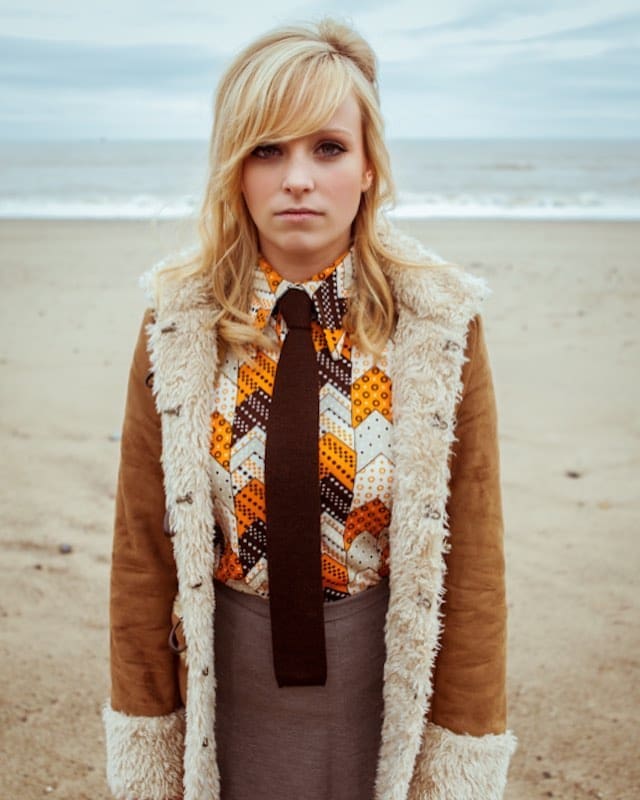
It wasn’t the first time thin eyebrows were considered attractive. The trendy look first made its appearance in the 20s and resurfaced in the 30s. Some women would go to extreme lengths, even shaving their eyebrows to get the look.
Women wanted to be athletic
Women wanted to be more active and athletic not because exercise had countless benefits physically, mentally, and emotionally, but because it meant they could keep the weight off and maintain the lean frames they worked so hard for.
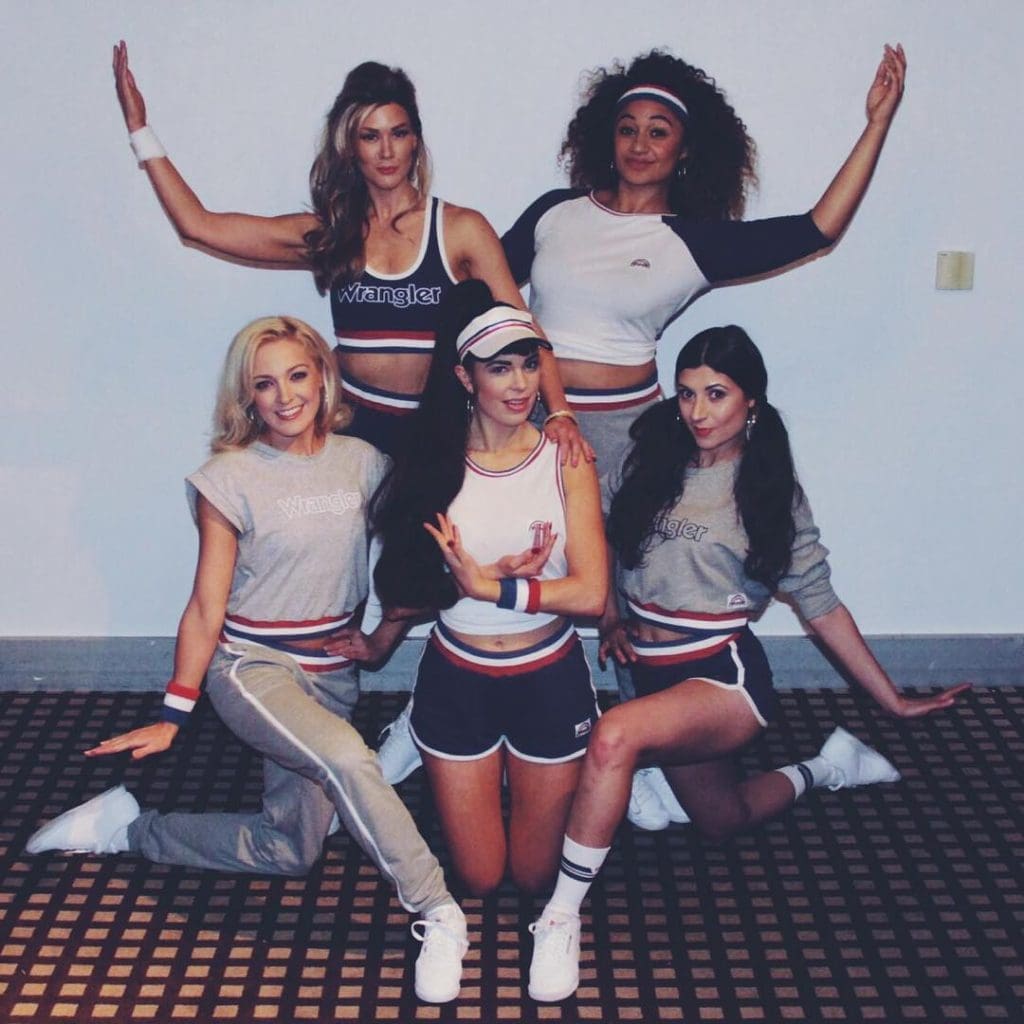
More women were taking part in sports of various kinds. Aside from the ever-popular aerobics, women participated in tennis, swimming, running, badminton, and volleyball. However, it wasn’t until a few years after women were finally accorded the recognition they deserved in sports.
Long and straight hair was appealing
The 70s was a decade of peace, love, and freedom which also meant long and flowing straight hair. If a survey was done for the most preferred hairstyle, chances are long and straight hair would take the number one spot.

And it wasn’t just women who sported the hairstyle. Men were in on it too. It became trendy for men to grow long locks. Long hair was supposed to be a statement against the powers that be. For years, men were expected to cut their hair short and in the 70s they no longer had to abide by that rule.
The mini skirt was one of the biggest fashion trends
Women had it with covering themselves up to look modest. Suddenly, legs were everywhere, from magazines to fashion shows and women embraced the trend. The hottest thing for the female species was the miniskirt and everybody wanted to get one.

It is believed that welcoming very short skirts with open arms was a way for the younger generation to make their mark on the world. As much as possible, they didn’t want to be connected with trends associated with years gone by and with older people.
The mini skirt trend greatly influenced footwear
As skirts continued to become shorter, most women became fixated on how their legs looked and how to pull off the look seamlessly. Women who didn’t have the best-looking legs remedied the situation by hiding their flaws through the clever choice of footwear.

Boots became the go-to footwear where miniskirts were concerned. One of the most popular during the decade was the thigh-high boot. It worked with women who wanted to make a fashion statement and hide their legs at the same time.
No job? No problem
Women today are alarmed at the rising costs of basic commodities and concerned with bills. However, the ladies of the 70s didn’t have to worry about having a career or dealing with finances. Women were expected NOT to work and stay at home.
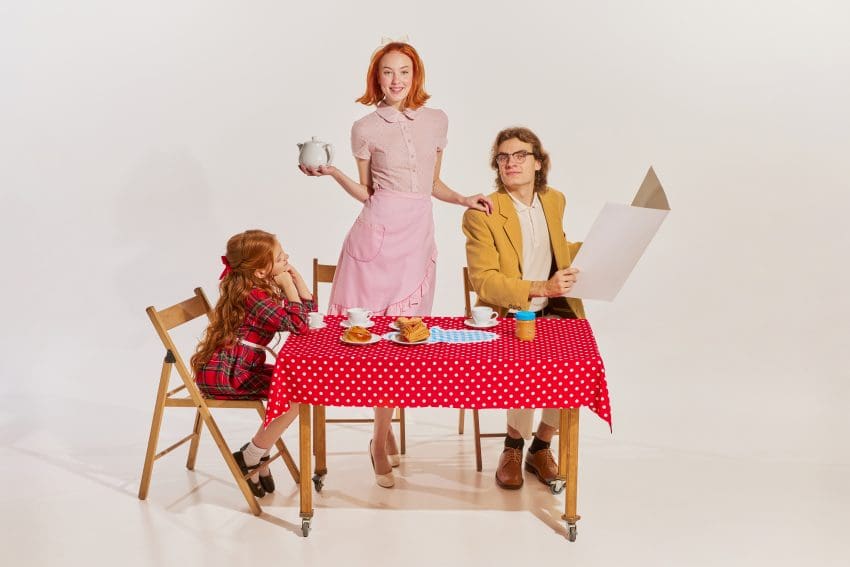
Women were expected to be homemakers, ensuring the home was orderly, doing household chores, and taking care of their children until they were all grown up and off to college. Having mental issues or breakdowns was also frowned upon. Women had to grin and bear it.
Women were supposed to stay home
Forget about having a high-paying job and an exciting career. If you were a woman in the 70s, your place was in the home and not in the office. Deciding what to cook for your meals was the most exciting thing women had to think about and do.
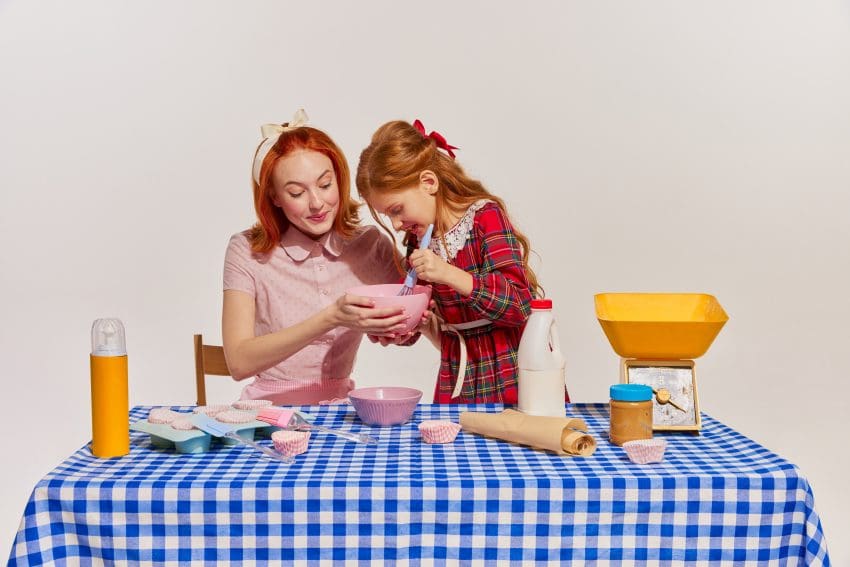
Even Ivy League Schools didn’t have a place for women. Sadly, back then, people wanted nothing more from women than to prepare them delicious meals, wash their clothes, keep the home clean, and feed the children. Women who wanted higher education didn’t have the freedom to pursue their dreams.
Men preferred women who were at their beck and call
Women were supposed to be at their husband’s beck and call, ready to attend to all his and the family’s needs. Being a wife was considered a full-time career, something that should be more rewarding than a regular job. Today’s ladies would be disappointed with such a concept but back it was wholeheartedly embraced.

Wives had to listen to their husbands and follow their lead. They needed their husband’s permission to fill out forms and single ladies found it difficult to even get a credit card! Several courts in different states also banned women from jury duty. We’ve come such a long way, indeed.
Big lips were considered attractive
Full lips signify femininity and youth and that’s why women strive to have them. Those who aren’t blessed with big lips line theirs with pencils to make them stand out. The same thing applied in the 1970s. Yes, lip liners have been around since the 1920s.

It was around that time that doctors started injecting silicone into women’s lips to make them look fuller and more attractive. The more conservative and health-conscious opted for bovine collagen for fear that silicone might result in unwanted health hazards.
Women who chose to work had traditional careers
If a woman decided to work in the 1970s, she was expected to do work jobs traditionally assigned to women, such as being a flight stewardess. The limited options included working as a nurse, a secretary, or a model. It was difficult for them to branch out in industries where women were not considered to belong.
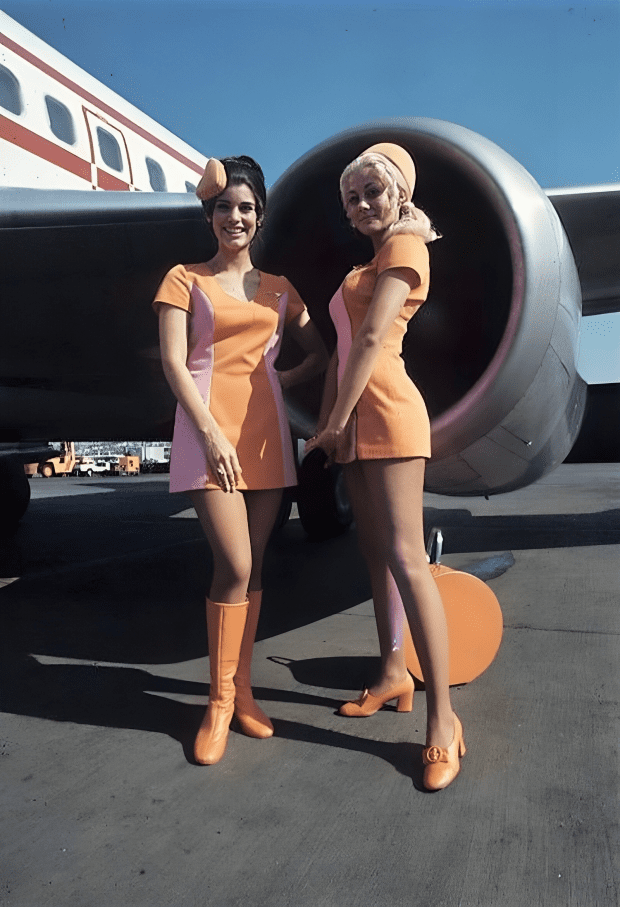
A woman CEO? The idea was unheard of back then. Aside from having limited options when it comes to careers, women were also paid considerably less and had fewer rights in the workplace. Certainly, the women of today are happy they no longer have to deal with such things.
More people started using hair dye
Nowadays, nobody would bat an eye if they met somebody on the street with neon green hair, but back then hair dye wasn’t as widespread. People only started embracing hair dye five decades ago because folks back in time you’d be thought of as vain or disrespectful if you changed your hair color.
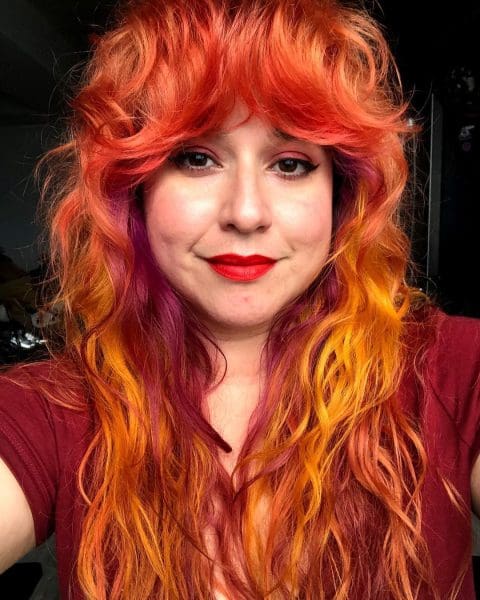
However, boredom got the best of some folks and they decided to put a little zest to their looks by dyeing their hair. Women across the country started experimenting with their mane and it became a normal occurrence to see people with colored hair.
Leg makeup was a thing
Scars and dark spots on your legs preventing you from getting on the mini skirt train? Leg makeup might sound weird to women of our time but almost every female in the 70s used them to cover up flaws. A dab here and there and some stockings and they were ready to rock short skirts.
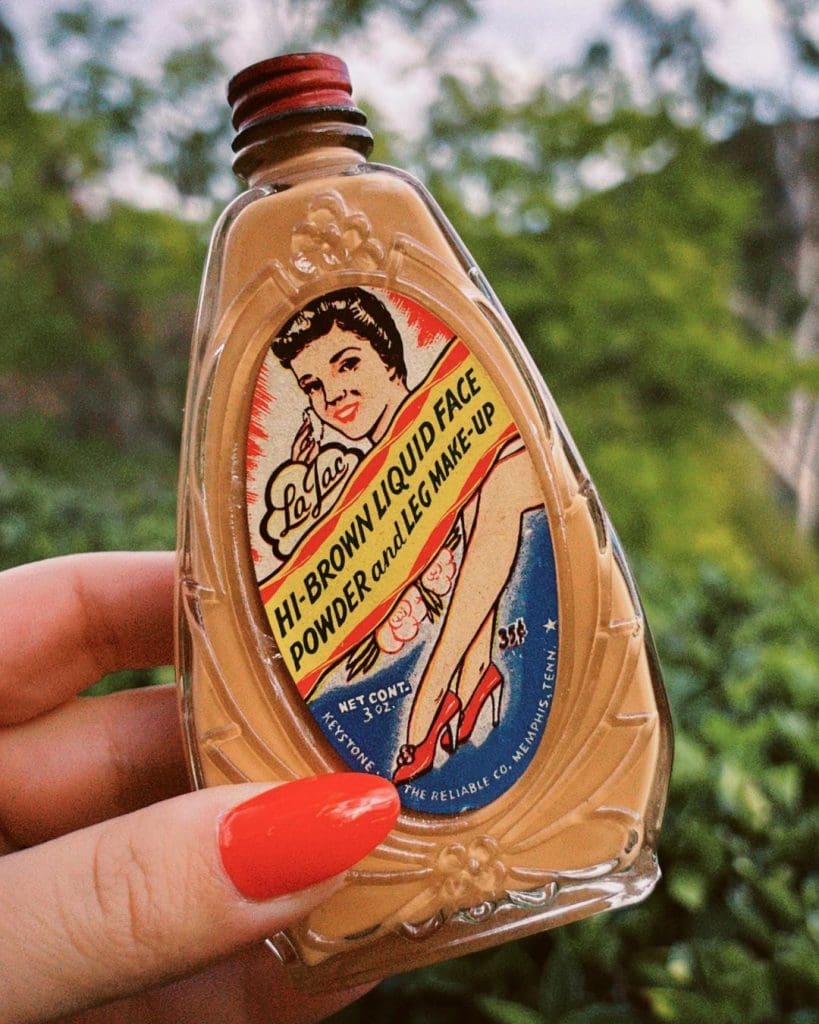
There was a shortage of nylon because of World War II, hence cosmetic companies began making leg makeup which were also called “liquid stockings.” Women would often use an eye pencil to draw seams and lines on the backs of their legs to imitate the look of nylons.
Men loved it when women looked like teenagers
The fashion trends we see today were most likely recycled and surfaced decades ago. In a way, you can say that fashion is ever-evolving but also takes cues from times gone by. Fifty years ago, it was all about looking youthful and full of life.
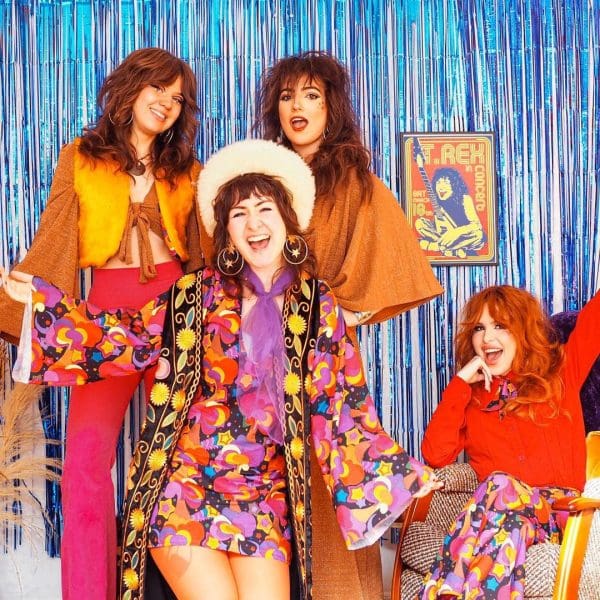
Men wanted women to look and dress younger than their age because most people had a preconceived notion that women who looked grown up and mature didn’t know how to have fun. The word mature was considered taboo so women would often try to look like teenagers.
Unlike men, many women didn’t drink
The 60s and the 70s were supposed to be carefree decades of love and acceptance. That might have been the case for most of the male population but women were held to certain standards. When men would spend all night partying with friends and drinking to excess, many women stayed home.
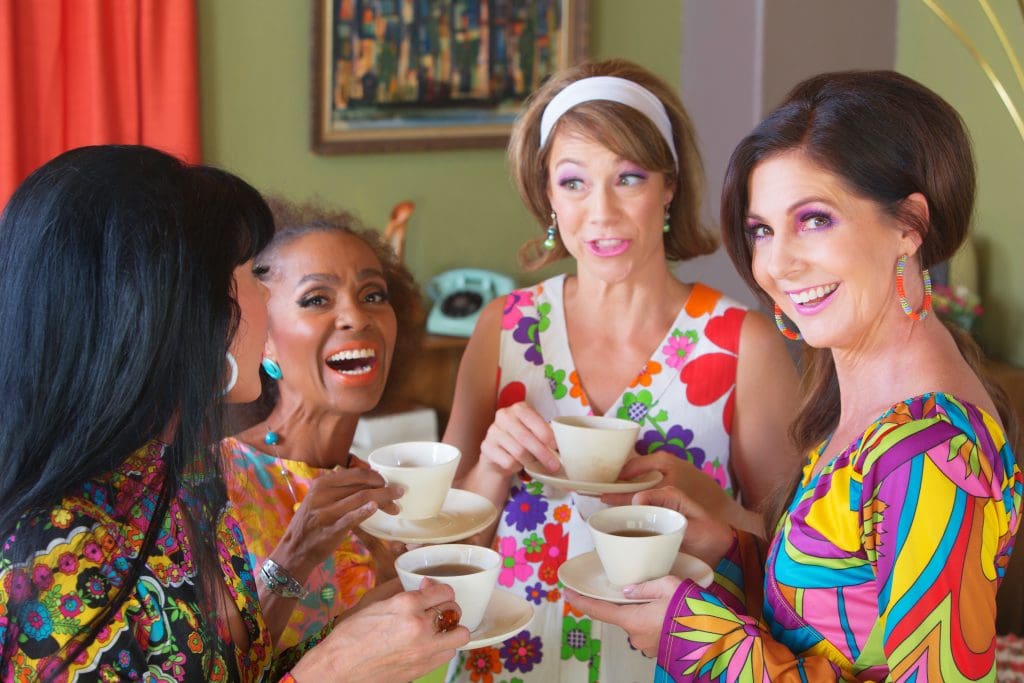
It wasn’t acceptable for a female to drink and party excessively. Although this didn’t mean that women couldn’t order alcoholic beverages on the menu, it meant they had to scale down their drinking to one or two glasses. Women who drank more than they were supposed to were judged harshly by society.
Big hair was everywhere
The 1970s was the decade when people started embracing their hair and making their own. Apart from flowing straight hair and feathered hair, another hairstyle that was a hit in the 70s was the Afro. Black people made great strides in the 70s in various areas.
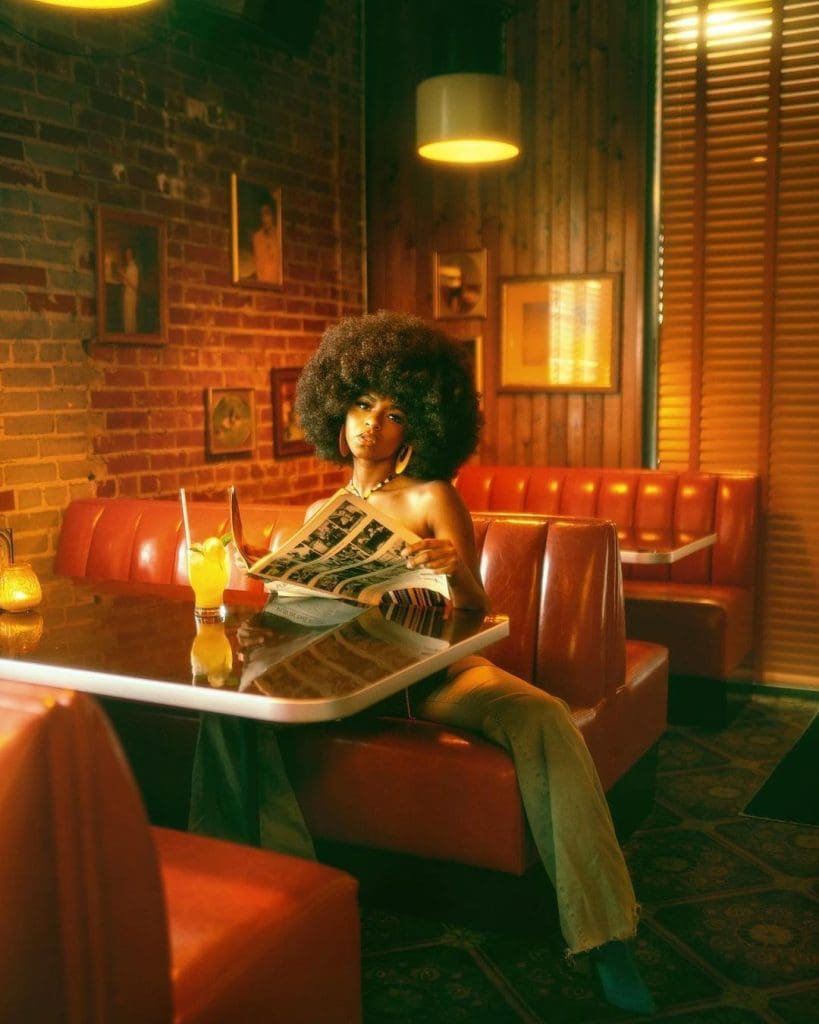
Several artists and genres emerged, including soul music, and with that, the popularity of the Afro skyrocketed. The Afro movement was thought to be a political and cultural expression of Black pride and was characterized by voluminous and natural curls.
Everyone wore colorful clothing
Neutral colors are versatile and can be easily paired with various prints and styles, hence their popularity. However, in the 60s and the 70s, people wanted colorful clothing. Even men wanted clothing with unique patterns and vibrant hues. You could say that during the decade, most weren’t afraid to experiment with their looks and choices.
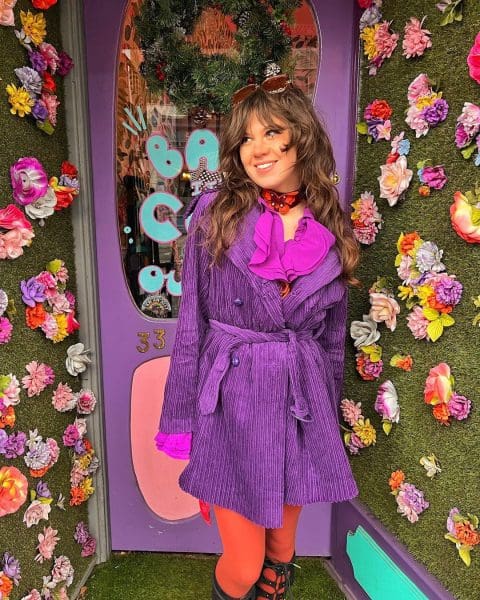
The masculine ideal shifted from a masculine, tall, dark man in a neutral suit to an androgynous male wearing shirts with loud patterns and colorful pants. Suffice it to say that a trip to work was the least boring with people’s sartorial choices.
They were perfect with the ubiquitous ultra-wide bell bottoms
It’s widely believed that American and British sailors first wore bell-bottomed pants in the 19th century because they made snagging a man falling overboard easier. Some may argue about its origin but everyone agrees that platform shoes were at the height of their popularity during the 70s.
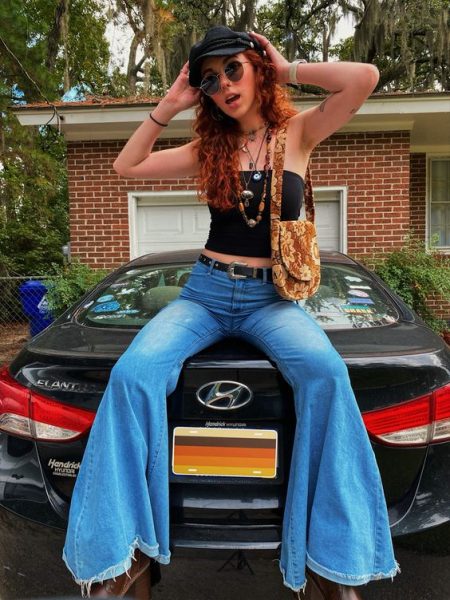
What was considered the perfect pair of platform shoes? Ultra-wide bell bottoms! They extended to basically the bottom of the shoe and the platforms kept the cuffs from dragging the ground. They were made for each other and both sexes embraced the combination wholeheartedly.
Women wanted men with hairy chests
If you asked the women of today what they find attractive in men, we’re confident that very few or none would put hairy chests on their list. Chest hair has a bad reputation nowadays and we don’t know anyone who prefers it in men.

However, the 70s were very much different. Thanks to actors such as Tom Selleck who sold the “sexy” image to the masses while appearing on cigarette billboards with unbuttoned shirts, all women wanted was a hairy-chested man. Yes, we know it’s difficult to imagine.
Men with big gold chains got attention too
Along with chest hair, gold chains were also the norm when it came to men. Again, this could be attributed to Tom Selleck who appeared on many ads with an open shirt that exposed his chest hair and chunky gold chains.
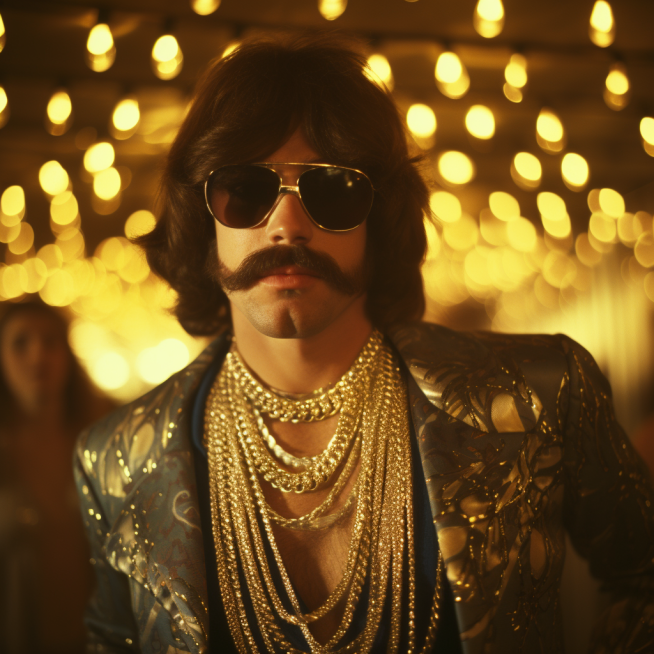
This look wouldn’t be considered attractive nowadays when silent luxury is the way to go but times were different back then because of the disco scene. Both sexes embraced oversized gems, oversized medallions, and shimmering metallic. The look wasn’t just about being fashionable, it was also about making a statement.
Women with gapped teeth were considered appealing
Men found women with gapped teeth appealing and this was thought to be because of model Lauren Hutton who was at the height of her popularity during the 70s. She revealed that she was told to use mortician’s wax to conceal the gap in her teeth.
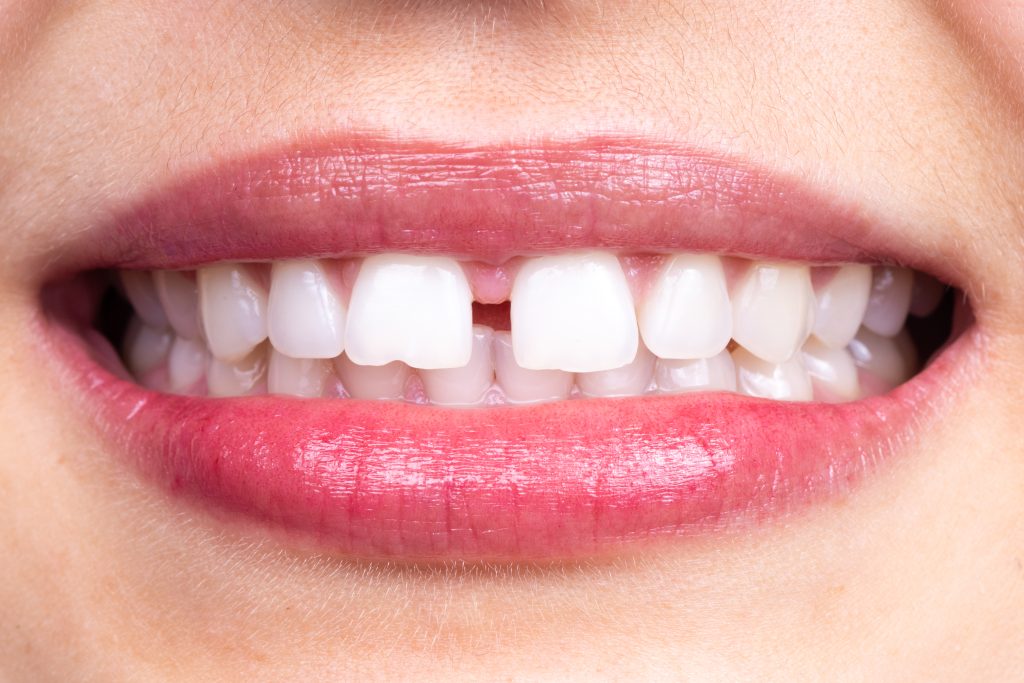
As she began to embrace her looks, her gapped teeth became a signature and it helped usher in a new age where imperfection is seen as beauty. Since then, we have come to love and embrace many beautiful women with gapped teeth such as Georgia May Jagger and Vanessa Paradis.
Androgynous women’s fashion was the thing
Some of the most popular fashion trends in the 70s were bell bottoms, aviator glasses, jumpsuits, platform shoes, and wrap dresses. However, without a doubt, one that left an indelible mark on people’s consciousness was women dressing androgynously. What was that all about?
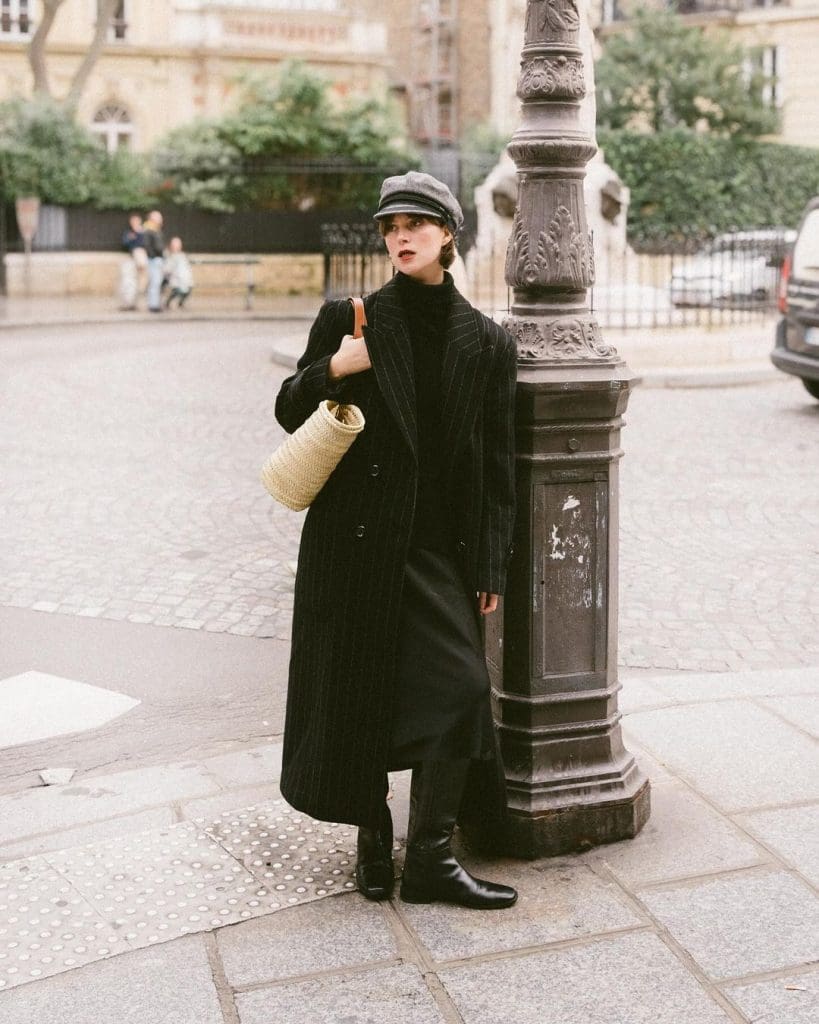
Women wanted to look and dress like men. Ladies were trying to break away from the status quo and were no longer happy being dictated what to wear. They embraced clothing articles that were hitherto thought only as suitable for women.
Men also embraced the androgynous look
The time’s fashion trends influenced men too and soon enough they also embraced the androgynous look. Clothing for both sexes was widespread from the late 60s to the early 70s. Although it was more a statement and a sense of comfort, the media reported otherwise.

Several publications claimed that it led to confusion in female and male relationships. However, such statements didn’t stop people from embracing the androgynous look and they easily blended men’s and women’s fashions, and we were rewarded with some of the most unique looks.
All things punk were attractive
The rebellious undercurrent that started in the 60s found its way into the 70s and reached its peak in 1976. Punk rock music was seen as a call to brutal simplicity and thanks to celebrities such as Deborah Harry, all things punk were in.

Punk fashion found its way into the mainstream thanks to the efforts of Vivienne Westwood in dressing up Sex Pistols. Teenage girls started dyeing their hair in an extensive array of vibrant colors and women everywhere copied the Blondie singer’s looks.
Women didn’t wear undergarments to make a statement
The 70s redefined feminist fashion and women in that decade were taking control of their personhood step by step. They no longer wanted to be told what they could wear and what they could do. To make a point, they took their undergarments off.

It was a drastic change but men couldn’t help but admire the women who stood up for themselves. Women donned backless dresses and halter tops to emphasize the point that they weren’t wearing undergarments and didn’t like being told to do so.
The disco was the way to go
If you wanted to be part of the in-crowd in the 70s, the disco was the way to go. Hedonistic disco clubs were everywhere in major cities and they provided young people with a way to escape the decade’s drabness and depression. The genre encouraged self-expression.
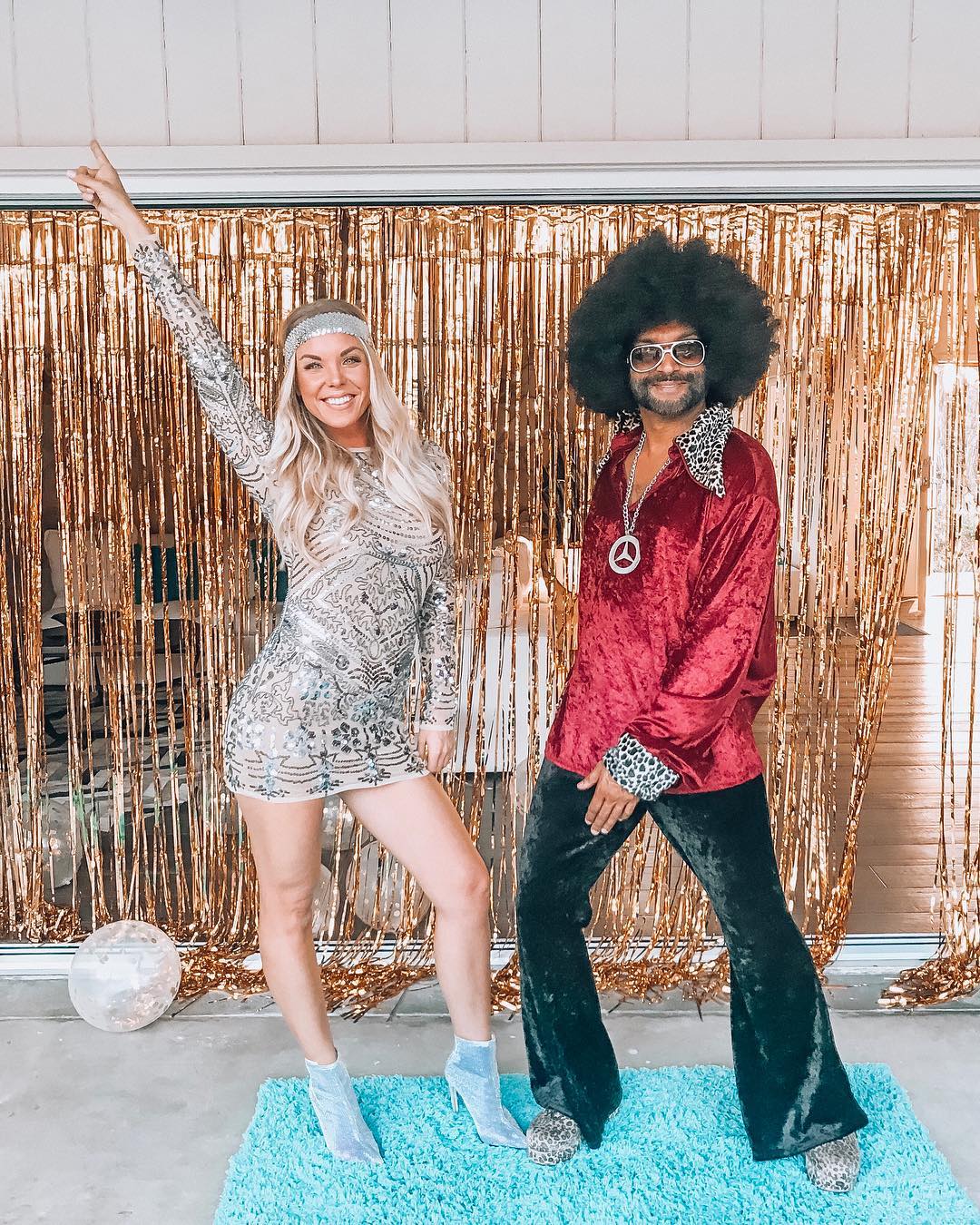
People dressed up, went downtown, and boogied with friends. They partied hard until morning and didn’t go home until it was time for breakfast. Platform shoes, bell-bottomed pants, huge chains around necks, and big Afro hairstyles filled the dance floor.
Disco diva look
If you were going to make your presence known in the hottest disco clubs, you might as well go big or go home, hence the disco diva look. The 70s not only ushered in the disco era but also dramatic makeup. Women wanted multi-hued makeup that caught everyone’s attention.

Everyone looked up to Donna Summers for inspiration and grooved to her brazenly suggestive hits on the dance floor. Women said goodbye to blending into the background and embraced being the star of the show and the diva with their vibrant makeup.
Feathered hair was everywhere
Only a handful of women are iconic enough to have an entire decade associated with them and Farah Fawcett is one such lady. Before the Rachel ‘do, there was the Farah Fawcett hair. Men in the 70s wanted to be with the actress and women in the 70s wanted to be the actress.
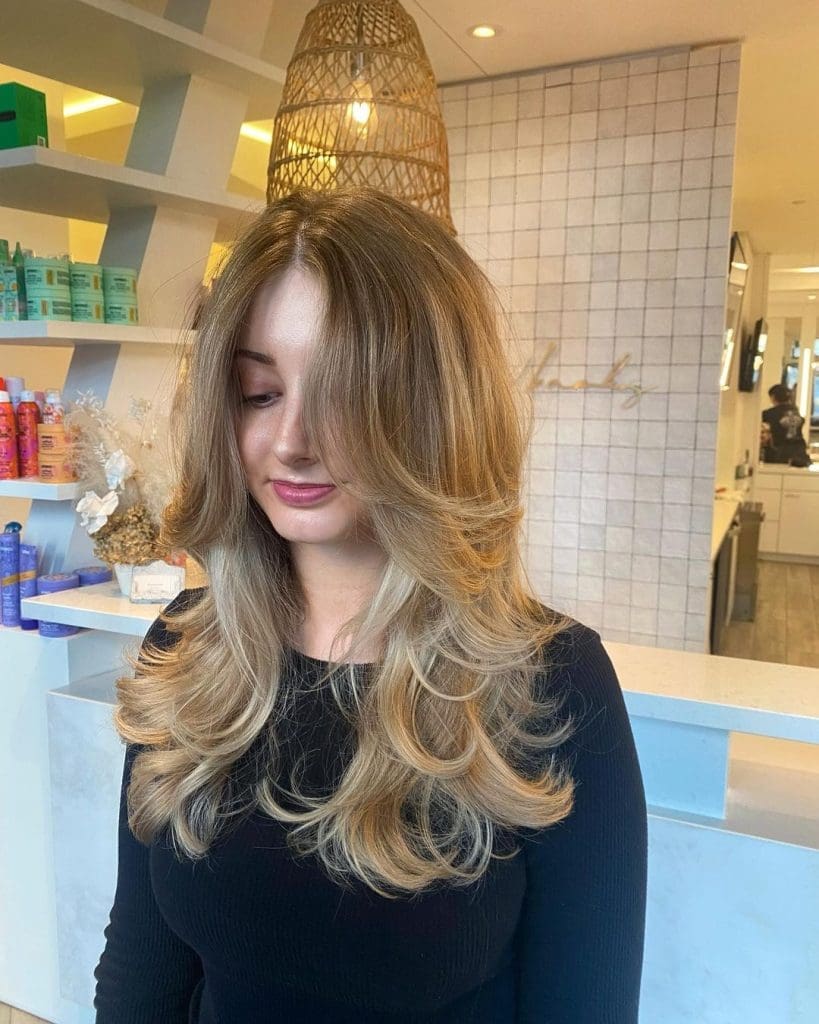
The feathered hairdo was everywhere. People would look around them and think they were in an alternate universe where every woman has turned into 1/3 of the Charlie’s Angels. The hairstyle was so popular that even men started wearing it.
Slim was in
Forget about women with voluptuous curves, in the 70s slim was in and men considered women who looked like Twiggy appealing, and naturally, ladies everywhere wanted to be as lean as possible. This was also called the Lolita or the prepubescent look.
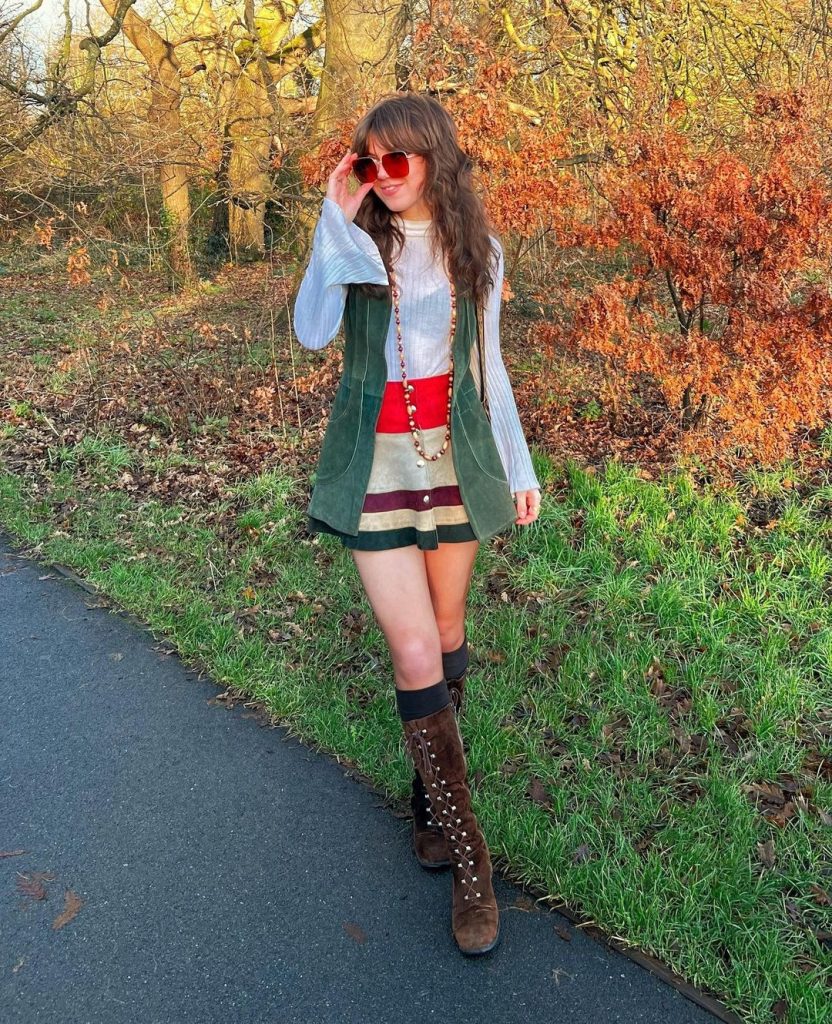
The look brought thoughts of exaggerated youthfulness. As previously mentioned, being mature was considered unattractive and it was considered a dirty word. Being mature meant that it wouldn’t be long before you met the Grim Reaper face to face and nobody wanted that.
The no-makeup look
Contrary to popular belief, the 70s weren’t all glitter and glamor. Although folks indeed wanted to put their best forward when going to the disco, women didn’t always go for the disco diva look. Men wanted women who looked more natural, hence the no-makeup look.

Women embraced simplicity and their natural features and this could be attributed to the second wave of feminism making it to the forefront. Today, the minimalist approach is still in vogue and we know a lot of women who want to seem like they didn’t make any effort in looking good.
